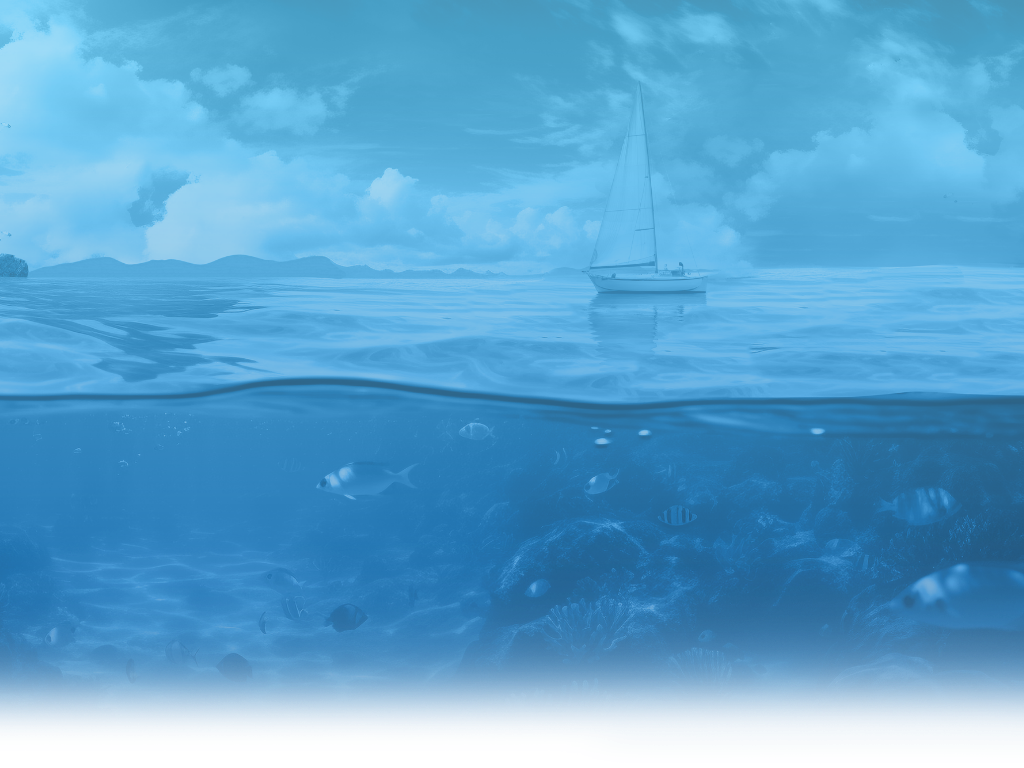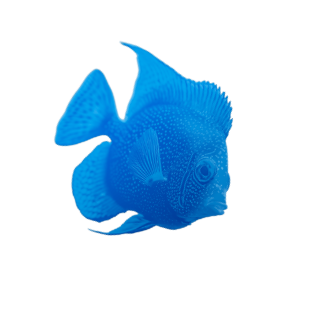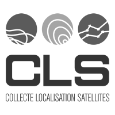BLUERISM is dedicated to develop customised solutions using Earth observation (EO) data, paired with in situ and model data, to support leisure and tourism activities.
Leisure and tourism activities in coastal areas account for at least 50% of all global tourism.
Many economic activities take place in and around the oceans, seas, and coastal areas (Fisheries and Aquaculture, shipping and marine transport, port activities, offshore oil & gas, marine tourism and recreation, shipbuilding, renewable energy, etc..). This ocean economy is a significant contributor to global economic output, employment, and trade.
Discover our use cases
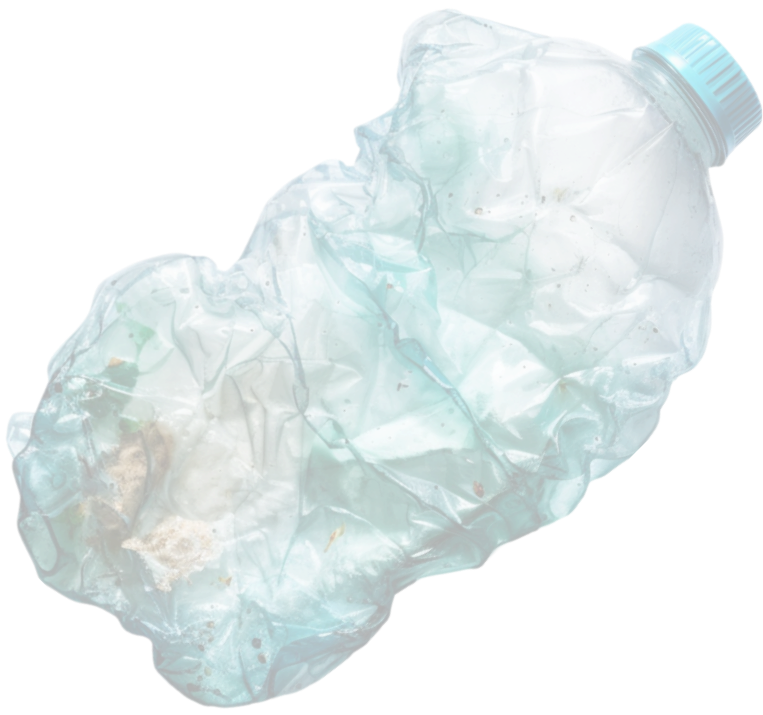
Macroplastic
The Macroplastic Monitoring for Public Awareness use case uses EO technologies and AI-driven detection to track and reduce plastic pollution on Genoa’s beaches. By combining satellite imagery, CCTV cameras, and machine learning algorithms, the system detects and monitors macroplastic waste. The data provides valuable insights into pollution patterns. Tourists and local communities also contribute through crowdsourcing, increasing public awareness for plastic-free beaches.

Sargassum
The Sargassum Alerts for Beach Preservation use case focuses on EO data and predictive modelling to track and forecast Sargassum seaweed along the Barbados’ southern and eastern coasts.
By providing real-time alerts on Sargassum presence, volume and estimated risk of landing, this solution will help stakeholders minimise the impact on tourism and marine ecosystems. It also supports coastal management efforts, ensuring more sustainable approaches to handling seaweed influxes.
Mucilages
The Mucilage Detection & Alert use case focuses on identifying mucilage formations in the Veneto region, Italy. By leveraging EO technologies and AI-driven satellite analysis, the system detects mucilage blooms, differentiates them from algal blooms, and provides timely alerts.
Early detection protects marine ecosystem, supports environmental management, and reduces the impact on tourism and fishing.
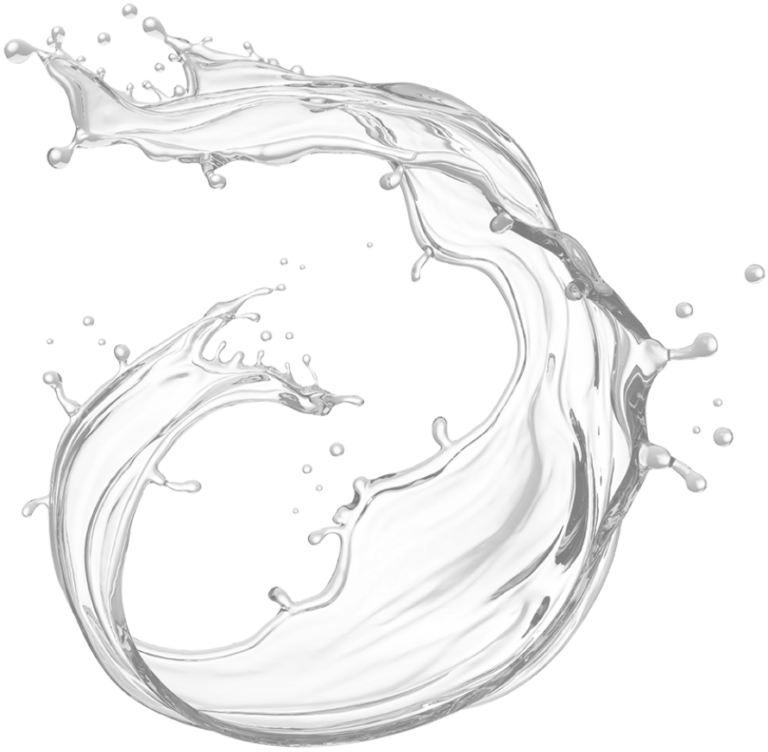
Water quality
The Water Quality Monitoring for Underwater Activities use case provides real-time insight into water quality for scuba divers in the Baltic Sea/Bay of Flensburg, Germany. Thanks to EO technologies, the system retrieves data on turbidity, Secchi depth, chlorophyll-a concentration and sea surface temperature to assess diving suitability.
The use case is explored together with the Association of German Scuba Divers (VDST), acts as a decision support tool to optimise diving trips, ensuring better visibility conditions, and a safer underwater experience.

Macroplastic
The Macroplastic Monitoring for Public Awareness use case uses EO technologies and AI-driven detection to track and reduce plastic pollution on Genoa’s beaches. By combining satellite imagery, CCTV cameras, and machine learning algorithms, the system detects and monitors macroplastic waste. The data provides valuable insights into pollution patterns. Tourists and local communities also contribute through crowdsourcing, increasing public awareness for plastic-free beaches.

Sargassum
The Sargassum Alerts for Beach Preservation use case focuses on EO data and predictive modelling to track and forecast Sargassum seaweed along the Barbados’ southern and eastern coasts.
By providing real-time alerts on Sargassum presence, volume and estimated risk of landing, this solution will help stakeholders minimise the impact on tourism and marine ecosystems. It also supports coastal management efforts, ensuring more sustainable approaches to handling seaweed influxes.

Mucilages
The Mucilage Detection & Alert use case focuses on identifying mucilage formations in the Veneto region, Italy. By leveraging EO technologies and AI-driven satellite analysis, the system detects mucilage blooms, differentiates them from algal blooms, and provides timely alerts.
Early detection protects marine ecosystem, supports environmental management, and reduces the impact on tourism and fishing.

Water quality
The Water Quality Monitoring for Underwater Activities use case provides real-time insight into water quality for scuba divers in the Baltic Sea/Bay of Flensburg, Germany. Thanks to EO technologies, the system retrieves data on turbidity, Secchi depth, chlorophyll-a concentration and sea surface temperature to assess diving suitability.
The use case is explored together with the Association of German Scuba Divers (VDST), acts as a decision support tool to optimise diving trips, ensuring better visibility conditions, and a safer underwater experience.

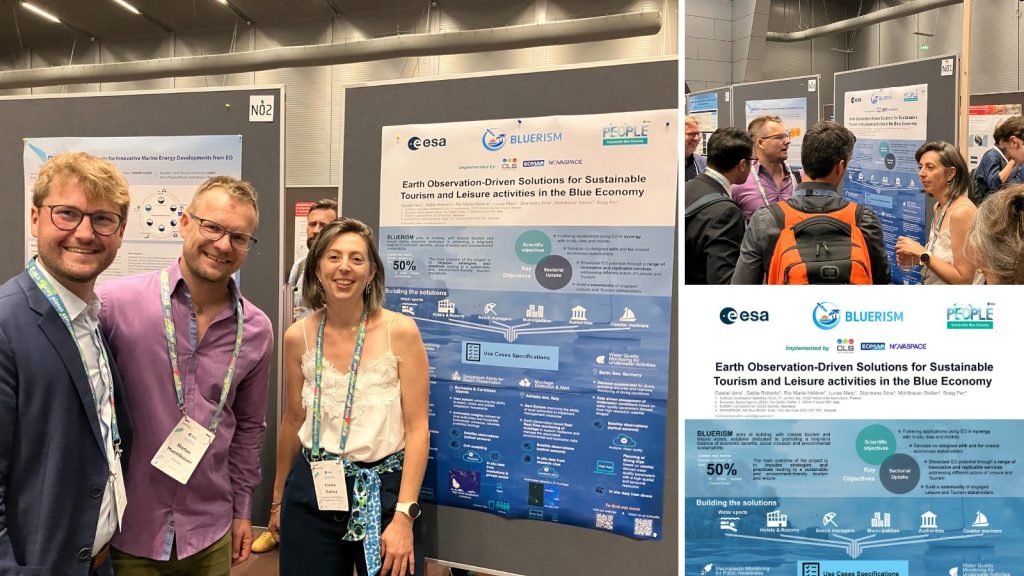
A Successful Week for BLUERISM at LPS25


